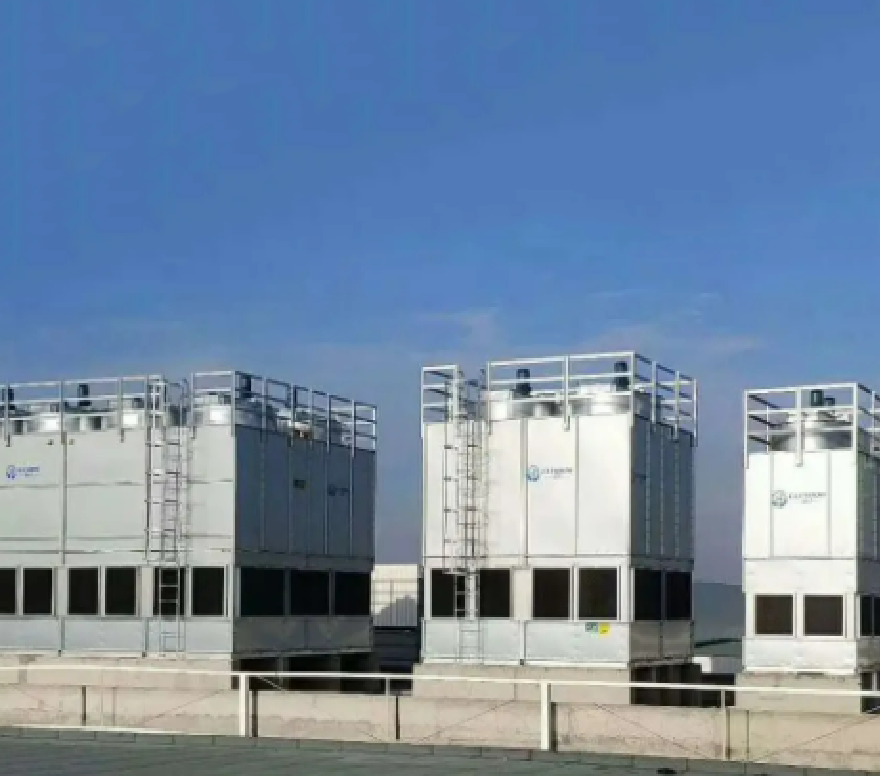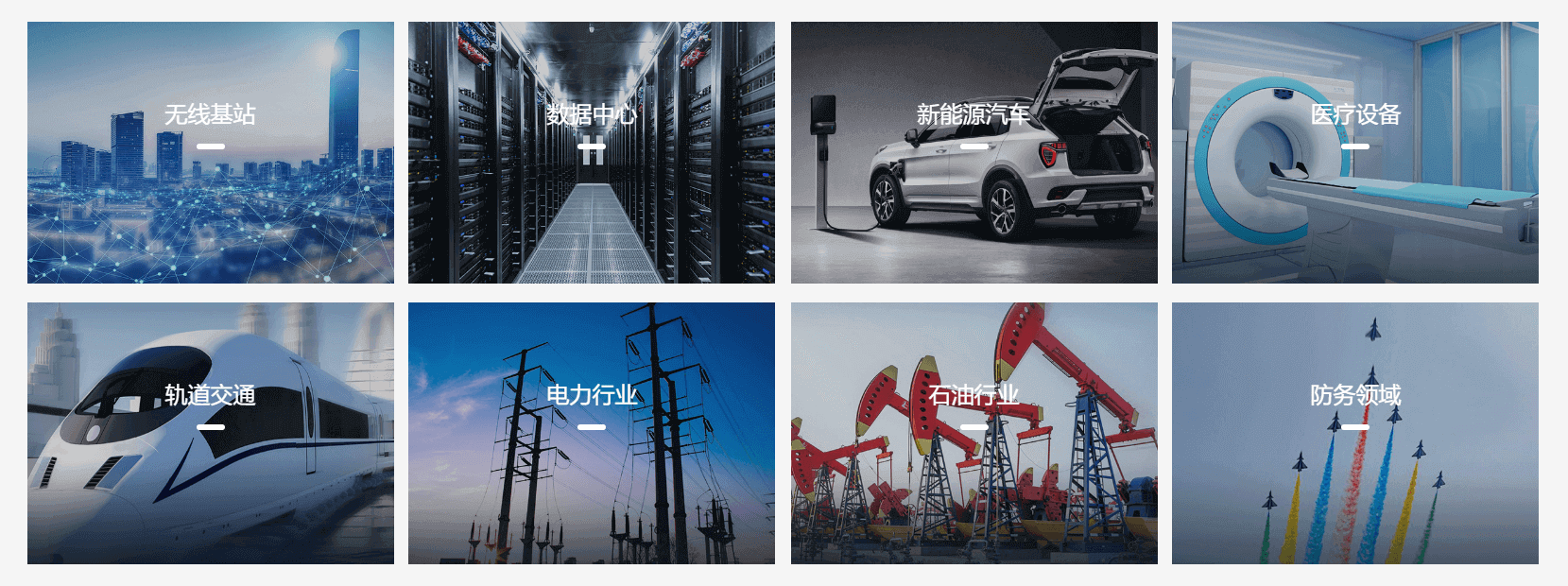Air cooling and evaporative cooling play a leading role in different seasons and different heat exchange stages, and they are mutually auxiliary cooling; Intelligent control, water saving, economic operation; Able to meet dry operation cooling at higher ambient temperatures, with a high water saving rate; A comprehensive system technology integrating aerodynamics, thermodynamics, fluid science, materials science, structural mechanics, intelligent control, processing, etc.
The combined dry and wet cooling tower is a device that combines dry and wet cooling methods, and its working principle is as follows:
Dry cooling: The dry cooler uses a fan to blow air into the dry packing layer, which directly convection with hot water, causing the hot water to dissipate heat and reduce the water temperature.
Wet cooling: The wet cooler evenly sprays water onto the wet packing layer through spraying water, which forms a thin water film within the packing layer. The surface area of the water film is large, and the water and air are in full contact. The evaporation of water absorbs heat, causing the water temperature to drop.
Combination of dry and wet cooling: Both dry and wet cooling are conducted simultaneously. By controlling the rotation speed of the fan and the amount of spray water, the combined dry and wet cooling tower achieves the best cooling effect under different operating conditions.
Discharge of hot water: The cooled water is discharged from the bottom of the tower and recirculated through a water pump to continuously circulate and cool the circulating water.
Function of filler: The function of filler is to increase the surface area of water evaporation, accelerate the evaporation rate of water, and increase the cooling effect. In summary, the combined dry and wet cooling tower combines dry and wet cooling methods, introducing air and water into the dry and wet packing layers through fans and spray water, respectively, to combine water evaporation and air convection, thereby achieving better cooling effects.
The combined dry and wet cooling tower is a new type of industrial cooling equipment. Compared to traditional evaporative cooling towers and dry cooling towers, it has the following product advantages:
Efficient and energy-saving: The combined dry and wet cooling tower adopts a combination of dry and wet cooling methods, which can both use water evaporation for cooling and dry cooling for cooling, making it more energy-saving and efficient than traditional cooling towers.
Strong adaptability: The combined dry and wet cooling tower is suitable for various industrial occasions, such as electric power, pharmaceutical, chemical, mechanical, and other fields, and can meet the needs of different industrial production.
Space saving: The dry and wet combined cooling tower adopts a compact structure with a small floor area, which can not only meet cooling needs, but also save space and facilitate the layout of industrial sites.
Convenient maintenance: The maintenance of the combined dry and wet cooling tower is very simple, requiring only regular cleaning and maintenance to maintain its normal operation, greatly reducing the maintenance and use costs of the equipment.
Environmental protection and energy conservation: The dry and wet combined cooling tower will not generate pollutants such as exhaust gas and wastewater during the cooling process, and will not pollute the environment. It conforms to the environmental protection concept of modern industry.
In summary, the combined dry and wet cooling tower has the advantages of high efficiency, energy saving, strong adaptability, space saving, convenient maintenance, environmental protection and energy conservation, and is a very excellent industrial cooling equipment.
In summer, the equipment will not have faults caused by condensed water.
Small size, good integrity, and convenient installation.
The water storage tank is small in size and consumes less water. In winter, high-frequency waterway antifreeze can be used to avoid waterway failures caused by high-frequency system icing.
Low power consumption and continuous cooling in the event of power and water outages.



